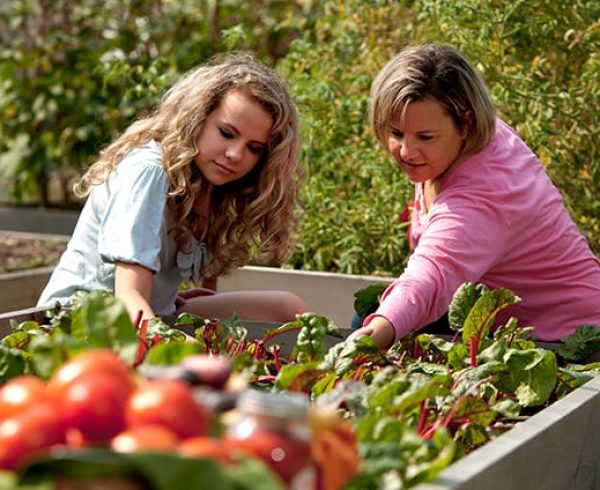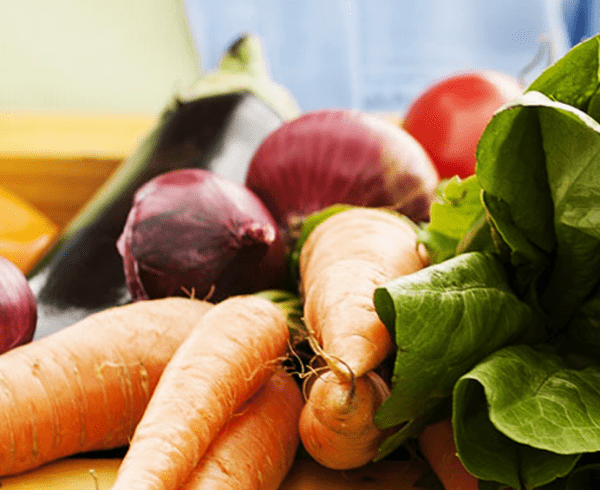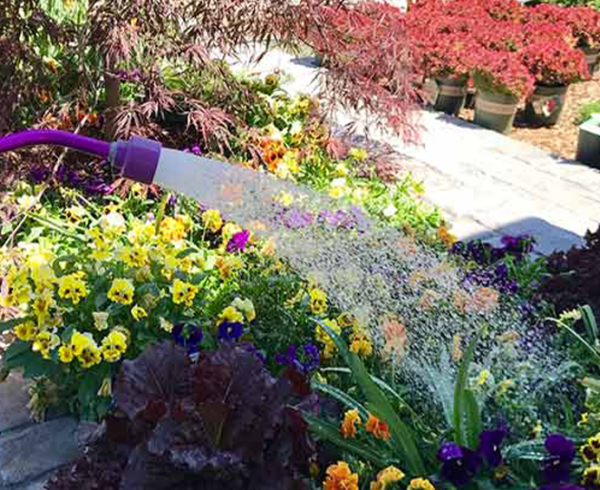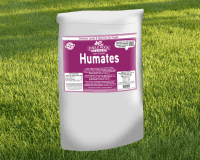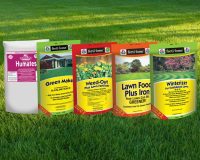Raspberries have been an Eastern Idaho favorite for many years. Growing raspberry bushes can be easy, nutritious, delicious. Plus, they come back every year.
Prepare
Plan your raspberry bed carefully, in a permanent place where there will be full sun, or at least 6 hours per day. Raspberries require fertile, well drained soil. Its best to add 1-2 inches of our Planting Compost. Also add sulfur granules, 3-4 lbs per 100 sq ft. Mix the Compost and Sulphur into the soil. Raspberries can also be planted in raised beds 12” deep. If you are using a staking system, put it up before planting.
Plant
Canes should be planted 18” apart in rows 6-8 ft apart. Separate the individual canes, dust the roots with Myke Root Inoculant and plant into the bed taking care not to bury them too deep. Look for the roots growing outward along the stem. Bury your raspberry starts with the TOP of the root mass NO MORE THAN 2” DEEPER than the soil level. Firm the soil, then water well with Fertilome Root Stimulator solution. Cut the tops back now to 6” above soil. Your new raspberry plants will not require much water until new shoots and leaves appear. Once established, water deeply about once a week.
Care
Fertilize with Fertilome Gardener’s Special every spring and fall. Also, apply soil sulphur with Sulphur Granules or Hi-Yield Brand Copperas in
spring and fall. Read and follow directions on packaging.
Pruning
Summer bearing varieties such as Canby may be pruned after picking, or in the fall. Stems with evidence of old berry sprays, or grayish wood can
be pruned to the ground. The new green wood will bear next summer, so don’t prune it out.
Fall-bearing varieties, sometimes called everbearing, such as Caroline, Heritage, Prelude, and Royalty will have a spring crop which will be smaller and grow lower. After this early crop, cut off canes where fruit has already grown, leaving space for new fall-bearing canes. You will get a more abundant and better quality of fruit in the fall, August to September. For one large fall crop (easier) cut or mow the canes down every fall after they are finished bearing fruit.
Yield from either variety is about 4.5 lbs per plant yearly.
Below is a listing of varieties we know work well in our climate. Please remember, all varieties may not be in stock, check with us for availability.
Canby Raspberry
Produces large, firm berries that are flavorful and juicy. This nearly thornless variety is our #1 seller. Ideal for freezing, canning, cooking, or fresh eating. The canes are vigorous and productive, producing a large crop. Summer bearing variety.
Polana Raspberry
An early producing fall raspberry. Good growth, high yield, long harvest season, and ripens three to four weeks earlier than Heritage. Fruit is large, dark red, and firm.
Royalty Raspberry
A cross of a black & red raspberry. You’ll love the great flavor, fresh or in preserves. These produce a heavy fall crop of purple berries. Late- summer bearing variety.
Triple Crown Blackberry
Tall thornless canes with large berries. Fruit can be soft, but is sweet. This variety is perfect for the eastern Idaho climate.



